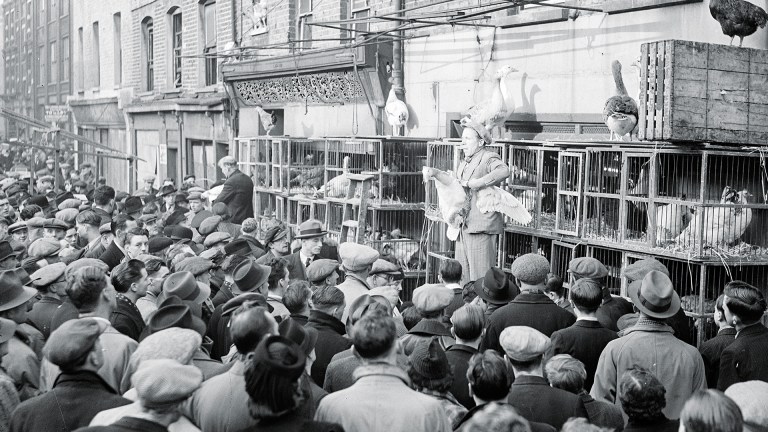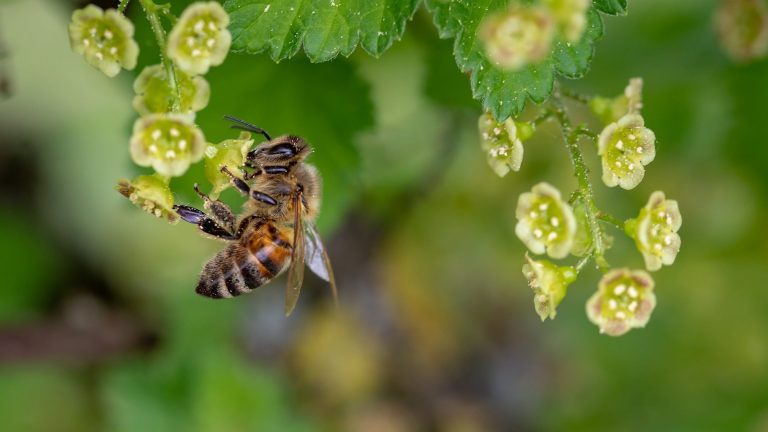All it takes, it seems, is a massive stone, ideally weighing about six tonnes and two metres in length. One of the more intriguing stories to greet the new year was that of Stonehenge. The great altar stone, the piece of much debate and conjecture, is now thought to have been a gift marker and something to illustrate political allegiances. Given that it was sent around 700km and this was around 4,500 years ago, it is quite the gift. Would like to see Evri’s tracking on that.
This new analysis comes from Mike Parker Pearson, professor of British Later Prehistory at the Institute of Archaeology, University College London. It follows the big revelation earlier in 2024 that this stone was extracted, intentionally, from the ground somewhere in the north of Scotland.
Pearson says the gift may have been to unite early farming communities across Britain. Cue Keir Starmer bulk-buying at quarries everywhere, eyeing a way to quell the farmer inheritance tax row.
Mike has a further part to his theory. The stone was placed, not in the first incarnation of Stonehenge (that’s around 3,100BC, prehistory fact fans), but when it was being remodelled, about 600 years later. During this period, as Mikes reiterates (Mike is doing a lot of the heavy lifting here. So to speak. I have to trust Mike because he knows a lot more about prehistory that me. And I like his job title a great deal.), there was a population change in Britain.
There was an influx of new arrivals from mainland Europe. And so it may be that the big altar stone in Stonehenge was some sort of way of “integrating the newcomers”. Though, Mike adds, darkly: “Or not.” Whether it was a call for the natives to unite for the greater good, or a way to welcome the blow-ins, it’s equally fascinating. We tend to think of the prehistoric times in terms of marauding savages hunched around animal carcasses and short lifespans and elk pelt suits.
But there is something reassuring about the need to communicate in the deep past echoing down through and bumping into our own time. The same human need for communion and unity or the desire to find a way to engage with the dynamic of a changing demographic is there. I like that enquiring minds like Mike’s are setting themselves riddles to solve, that a piece of stone in a field in Wiltshire can spool out its secrets and give us so much.









